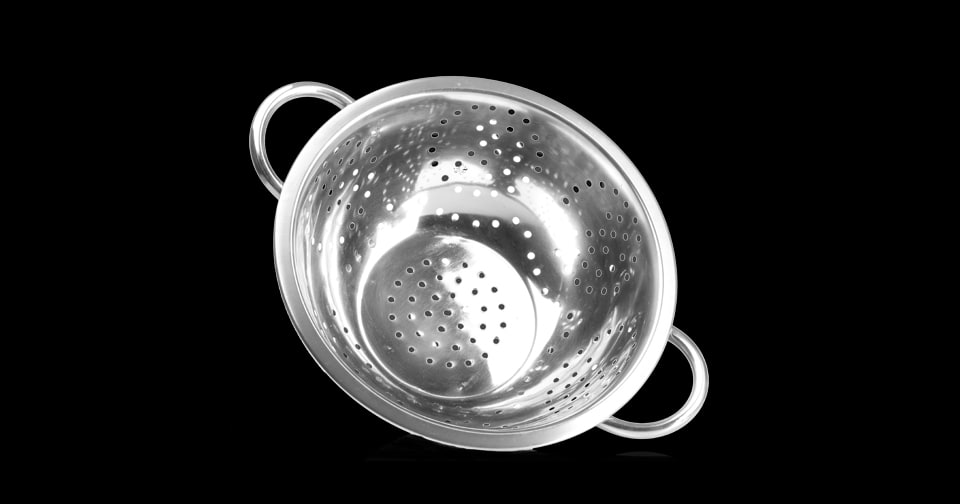
I’ve been learning about what is expected of me as a chef in 2017. In order to have any chance of staying vaguely on the curve, let alone ahead of it, the menu will have to be populated with ancient grains and carbohydrate replacements in the form of vegetables.
The small amount of animal protein that I’m permitted to offer must be extremely aged and cooked over charcoal. We must be willing to accommodate flexitarian diners and ensure there is ample watermelon water to allow everyone to stay hydrated.
Kale is passé and burgers have long since jumped the shark. Our guilty calorific fix will be in the form of the freakshake: a carcrash of a dessert seemingly dreamt up by a Ritalin-starved eight year old. In the pre-Instagram days of yore, it would have been aborted the second it made its way out of the kitchen. Now it is snapped and shared and lauded with the same enthusiasm previously foisted on a Rembrandt.
It’s impossible to tell whether the cart or the horse is leading. Chefs in general are a pretty needy bunch: constant reassurance serves merely to prevent suicidal thoughts rather than create feelings of adulation. We slavishly follow trends. Fear of being left behind or being viewed as outmoded is a permanent niggle. But these crazy trends aren’t, in general, generated in the trenches. They are parachuted in from on high, from focus groups and futurologists, from marketing companies and celebrities looking to capitalise on their new-found fame.
Very occasionally a true pioneer will break through the boardroom-generated bullshit. In the 2000s it was Ferran Adrià and the nouvelle vague (or perhaps that should be nueva ola) of Spanish modernist cuisine. The New Nordic movement followed thereafter, René Redzepi its glorious posterboy. Most recently the bile-inducing smugness of the #cleaneating brigade has stripped many dining experiences of their previously innate pleasure.
The popularity game
The speed at which these trends proliferate through the world’s kitchens is now unparalleled, as is the pressure from the expectant public. The social media games we play, the hungry desire for “likes” and public affirmation is creating a new industry, one not driven by gastronomic satiation, but by the need for popularity. It’s not what you eat that counts, it’s how many people have seen you eating it.
The importance of this shift within hospitality can’t be underestimated. Play the game well and you’ll effortlessly fill the dining room. Play it badly, or not at all, and see those seats empty at a pocket- depleting rate. For this is the new age and the boundaries are shifting apace. Very few can lead and those that don’t must make a choice: follow and adapt and risk losing a USP or stand proudly as an outlier with a staunchly Cronut-free dessert menu and chance it alone, hoping that there is a wide enough customer base that doesn’t Snapchat their lunch.
Clearly, I’m aware that the herd mentality is nothing new. European powers went to war over nutmeg in the 16th century. Wherever bounty exists over subsistence there will be faddy diets and fashionable foods. Clean eating will be to the mid 2010s what Atkins was to the 1990s. What concerns me is that amid all the noise is a goal that appears less and less visible or relevant. We work tirelessly to nourish the belly and the soul. Food and cooking is about generosity and living in a particular moment. The beauty of food is its transient nature, a delicate Will o’ the Wisp that teases the senses before fulfilling its true goal of satisfying the basest of desires. Food, quite simply, as food. Now that is a resolution I can fully endorse.
The secret chef
